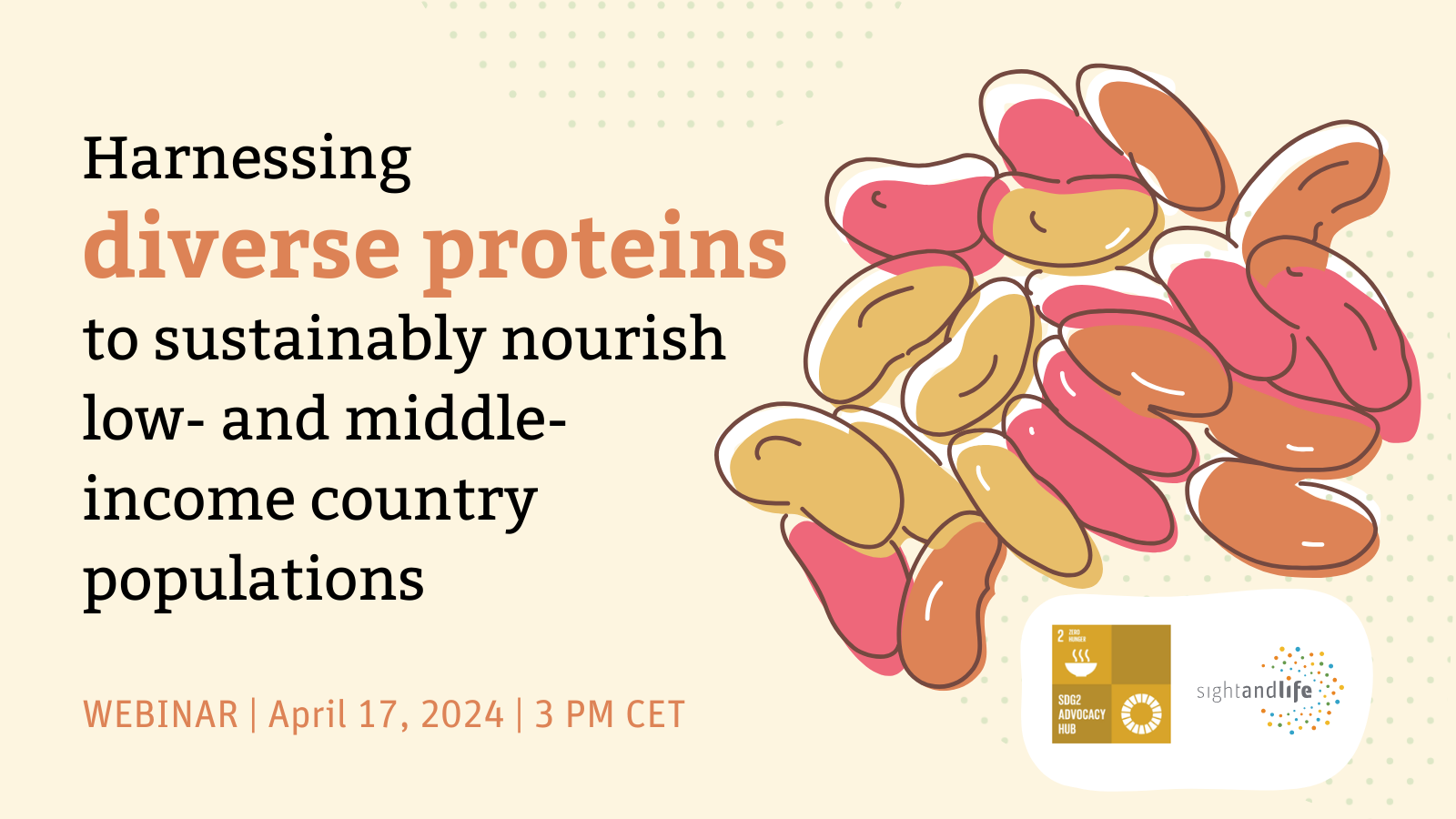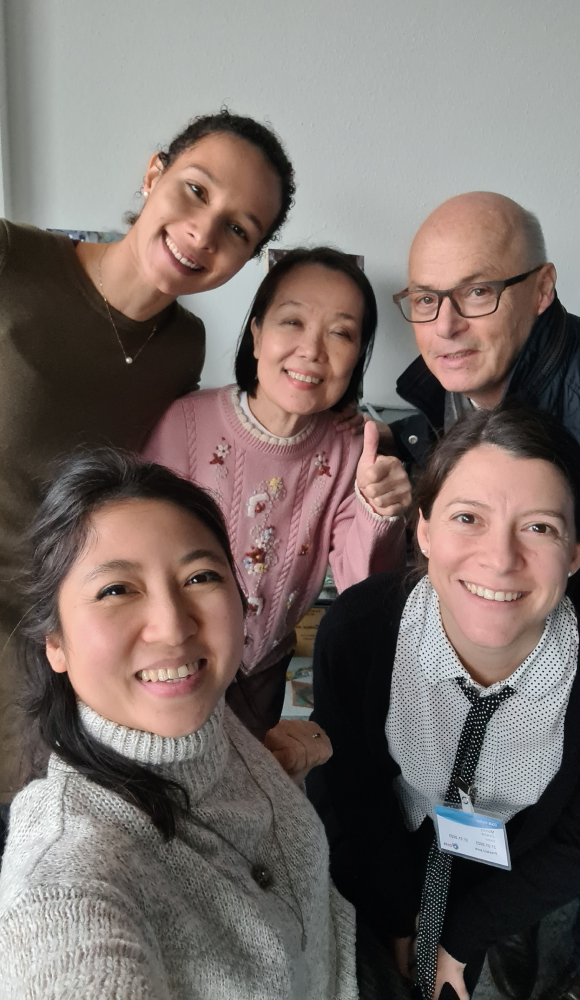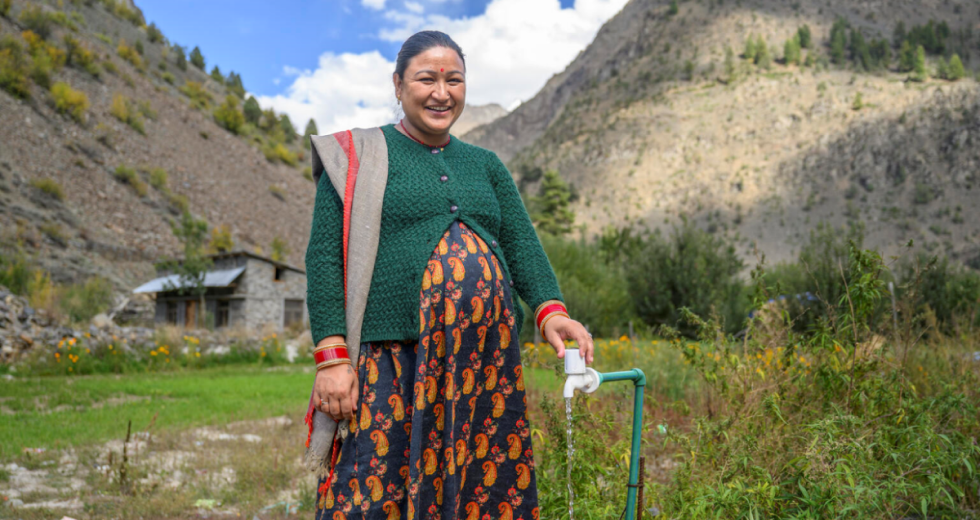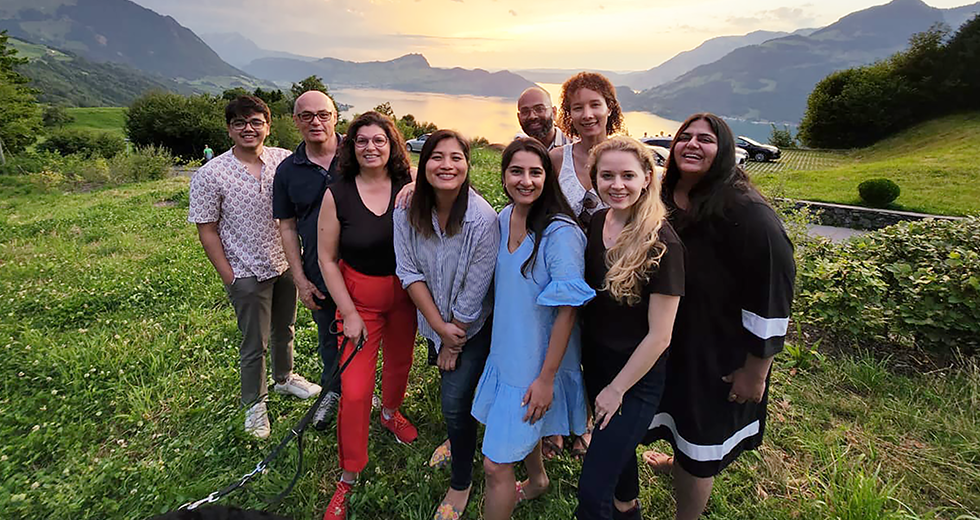Diverse Proteins for LMIC Webinar

To amplify momentum around Diverse Proteins in 2024, and mark the UNGA Sustainability Week, the Sight and Life Foundation and the SDG2 Advocacy Hub are organizing an engaging online event that will shed light on the role of diverse proteins in mitigating the dual challenges of climate change and malnutrition, especially in low- and middle-income countries (LMIC).
The webinar will highlight the opportunities and challenges associated with diversifying protein sources, including nutritional benefits, sustainability and sourcing, and impact on livelihoods. It will also showcase exciting innovative pitches to inspire us.
Background
The connection between climate change, our food systems and nutrition cannot be overstated. Increasingly severe weather events and increasing global surface temperatures are expected to exert more pressure on our already limited resources, leading to reduced crop yields, altered micronutrient content of major staples, and adverse impacts on health and nutrition outcomes.1,2 Simultaneously, the entire chain of food production, storage, and transportation significantly contributes to the problem of climate change.2,3
It is projected that the global food system will need to meet the dietary needs of more than 9 billion people by 2050.4 This demographic expansion is accompanied by a significant shift in dietary preferences, particularly in LMIC where demand for animal-sources foods is on the rise despite progressive evidence on the need to reduce our consumption of animal products for the health of people and planet.4 Ensuring access to nutritious meals for an expanding population, all while staying within the ecological boundaries of our planet, underscores an urgent and pressing challenge. Achieving this goal necessitates a profound overhaul in the way we source, produce, and consume food.
One proven avenue for mitigating environmental pressure, fostering sustainability, and expanding access to diverse, nutrient-rich diets is to diversify our sources of dietary protein. Alternatives to conventional livestock, from plants, insects, fungi or algae represent innovative solutions to address both nutritional and environmental challenges.5
Webinar objectives
- Gain insights into the benefits and concerns of diversifying protein sources for people and planet.
- Showcase the opportunities with case studies of projects and innovations from LMIC.
- Inspire collaboration to drive innovation, investment, and policy development in the alternative proteins space.
Agenda
-
Introduction and Welcome
- Paul Newnhamn, Executive Director, SDG2 Advocacy Hub
- Kesso Gabrielle van Zutphen-Küffer, Director of Science, Sight and Life
-
Panel Discussion
- Dr Alan J. Hernandez-Alvarez, Nutrition and Global Health, University of Leeds (speaking on the nutrition angle)
- Dr Namukolo Covic, ILRI Director General's representative to Ethiopia, CGIAR Ethiopia Country Convenor and CGIAR Regional Director for East and Southern Africa (speaking on the research and sustainability angles)
- Chef Pinky Maruping (speaking on the consumption and desirability angles)
- Betty Kibara, Director, Food Initiative, The Rockefeller Foundation (speaking on the procurement, farmers and livelihoods angles)
-
Innovative Pitches
- Kristin Gutekunst, Beans is How Project Lead – Beans is How campaign
- Jean-Paul Gisa, Director of Venture Studio, One Acre Fund – Plant-based meat production in Rwanda
- Talash Hujibers, Founder, Insecti Pro – Making Africa food secure, with the help of insects
- Dr Grant Gordon, CEO and founder, Essentials – Leveraging fermentation to create affordable, accessible, and climate-resilient proteins.
-
Call to Action
- Dr Andy Jarvis, Director Future of Food, Bezos Earth Fund - What is needed next and building momentum
-
Q&A
*Moderator: Paul Newnham, SDG2 Advocacy Hub
References
- Semba, R. D., Askari, S., Gibson, S., Bloem, M. W. & Kraemer, K. The Potential Impact of Climate Change on the Micronutrient-Rich Food Supply. Advances in Nutrition nmab104 (2021) doi:10.1093/advances/nmab104.
- Intergovernmental Panel On Climate Change. Climate Change and Land: IPCC Special Report on Climate Change, Desertification, Land Degradation, Sustainable Land Management, Food Security, and Greenhouse Gas Fluxes in Terrestrial Ecosystems. (Cambridge University Press, 2022). doi:10.1017/9781009157988.
- Owino, V. et al. The impact of climate change on food systems, diet quality, nutrition, and health outcomes: A narrative review. Front. Clim. 4, 941842 (2022).
- Food and Agriculture Organization. How to Feed the World in 2050. (2009).
- Henchion, M., Hayes, M., Mullen, A. M., Fenelon, M. & Tiwari, B. Future Protein Supply and Demand: Strategies and Factors Influencing a Sustainable Equilibrium. Foods 6, (2017).
- Bedsaul-Fryer, J. R., Monroy-Gomez, J., Zutphen-Küffer, K. G. van & Kraemer, K. Editorial: An Introduction to Traditional and Novel Alternative Proteins for Low- and Middle-Income Countries. Current Developments in Nutrition 0, (2023).

Diverse Proteins for LMIC Webinar
To amplify momentum around Diverse Proteins in 2024, and mark the UNGA Sustainability Week, the Sight and Life Foundation and the SDG2 Advocacy Hub are organizing an engaging online event that will shed light on the role of diverse proteins in mitigating the dual challenges of climate change and malnutrition, especially in low- and middle-income countries (LMIC).
The webinar will highlight the opportunities and challenges associated with diversifying protein sources, including nutritional benefits, sustainability and sourcing, and impact on livelihoods. It will also showcase exciting innovative pitches to inspire us.
Background
The connection between climate change, our food systems and nutrition cannot be overstated. Increasingly severe weather events and increasing global surface temperatures are expected to exert more pressure on our already limited resources, leading to reduced crop yields, altered micronutrient content of major staples, and adverse impacts on health and nutrition outcomes.1,2 Simultaneously, the entire chain of food production, storage, and transportation significantly contributes to the problem of climate change.2,3
It is projected that the global food system will need to meet the dietary needs of more than 9 billion people by 2050.4 This demographic expansion is accompanied by a significant shift in dietary preferences, particularly in LMIC where demand for animal-sources foods is on the rise despite progressive evidence on the need to reduce our consumption of animal products for the health of people and planet.4 Ensuring access to nutritious meals for an expanding population, all while staying within the ecological boundaries of our planet, underscores an urgent and pressing challenge. Achieving this goal necessitates a profound overhaul in the way we source, produce, and consume food.
One proven avenue for mitigating environmental pressure, fostering sustainability, and expanding access to diverse, nutrient-rich diets is to diversify our sources of dietary protein. Alternatives to conventional livestock, from plants, insects, fungi or algae represent innovative solutions to address both nutritional and environmental challenges.5
Webinar objectives
- Gain insights into the benefits and concerns of diversifying protein sources for people and planet.
- Showcase the opportunities with case studies of projects and innovations from LMIC.
- Inspire collaboration to drive innovation, investment, and policy development in the alternative proteins space.
Agenda
-
Introduction and Welcome
- Paul Newnhamn, Executive Director, SDG2 Advocacy Hub
- Kesso Gabrielle van Zutphen-Küffer, Director of Science, Sight and Life
-
Panel Discussion
- Dr Alan J. Hernandez-Alvarez, Nutrition and Global Health, University of Leeds (speaking on the nutrition angle)
- Dr Namukolo Covic, ILRI Director General's representative to Ethiopia, CGIAR Ethiopia Country Convenor and CGIAR Regional Director for East and Southern Africa (speaking on the research and sustainability angles)
- Chef Pinky Maruping (speaking on the consumption and desirability angles)
- Betty Kibara, Director, Food Initiative, The Rockefeller Foundation (speaking on the procurement, farmers and livelihoods angles)
-
Innovative Pitches
- Kristin Gutekunst, Beans is How Project Lead – Beans is How campaign
- Jean-Paul Gisa, Director of Venture Studio, One Acre Fund – Plant-based meat production in Rwanda
- Talash Hujibers, Founder, Insecti Pro – Making Africa food secure, with the help of insects
- Dr Grant Gordon, CEO and founder, Essentials – Leveraging fermentation to create affordable, accessible, and climate-resilient proteins.
-
Call to Action
- Dr Andy Jarvis, Director Future of Food, Bezos Earth Fund - What is needed next and building momentum
-
Q&A
*Moderator: Paul Newnham, SDG2 Advocacy Hub
References
- Semba, R. D., Askari, S., Gibson, S., Bloem, M. W. & Kraemer, K. The Potential Impact of Climate Change on the Micronutrient-Rich Food Supply. Advances in Nutrition nmab104 (2021) doi:10.1093/advances/nmab104.
- Intergovernmental Panel On Climate Change. Climate Change and Land: IPCC Special Report on Climate Change, Desertification, Land Degradation, Sustainable Land Management, Food Security, and Greenhouse Gas Fluxes in Terrestrial Ecosystems. (Cambridge University Press, 2022). doi:10.1017/9781009157988.
- Owino, V. et al. The impact of climate change on food systems, diet quality, nutrition, and health outcomes: A narrative review. Front. Clim. 4, 941842 (2022).
- Food and Agriculture Organization. How to Feed the World in 2050. (2009).
- Henchion, M., Hayes, M., Mullen, A. M., Fenelon, M. & Tiwari, B. Future Protein Supply and Demand: Strategies and Factors Influencing a Sustainable Equilibrium. Foods 6, (2017).
- Bedsaul-Fryer, J. R., Monroy-Gomez, J., Zutphen-Küffer, K. G. van & Kraemer, K. Editorial: An Introduction to Traditional and Novel Alternative Proteins for Low- and Middle-Income Countries. Current Developments in Nutrition 0, (2023).
Discover more
Partner with us
Know how we can join hands to eradicate malnutrition
Connect with us
Share your ideas, requests, and feedback
News & announcements
Find out what is new at Sight and Life
Join the team
Find the right role for you to grow and deliver impact



